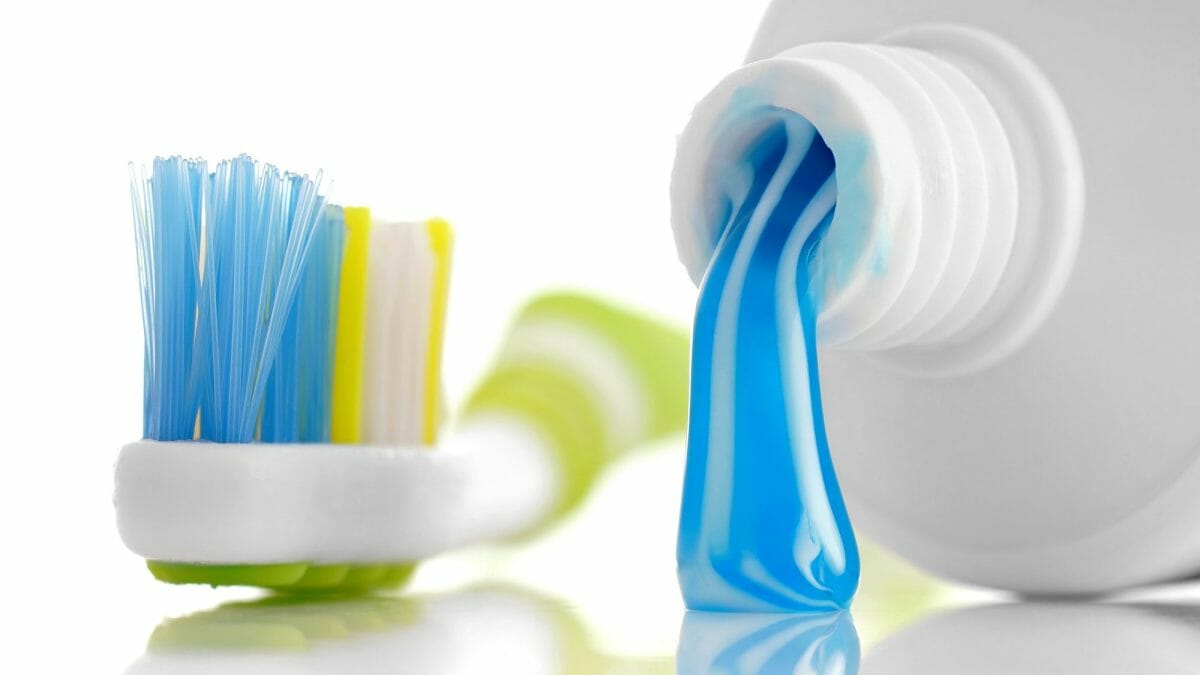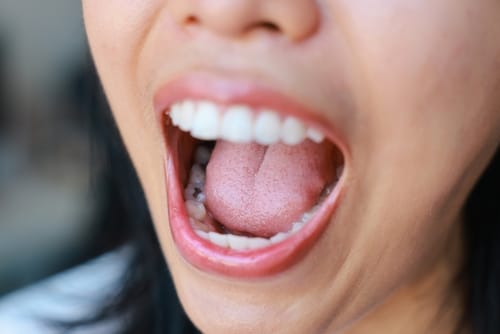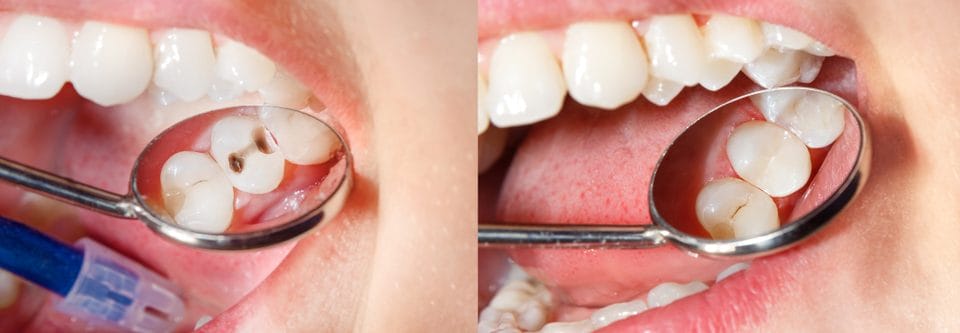
Having a dental emergency? Call us!
614-882-1135
We understand that dental emergencies can happen at any time. If you're in need of urgent care, give us a call, and we'll do everything we can to assist you when it matters most.
Patient Testimonials
Discover Better Dentistry
Become a part of the
Westerville Dental family!
We're accepting new patients. Our dental team prides itself on delivering a truly efficient and enjoyable experience while you’re with us.

Tooth decay can rob you of your appealing smile. Left untreated, tooth decay can cause cavities that can lead to pain, infection, and trouble eating and speaking – you may even lose the tooth.
Fortunately, you can fight tooth decay and protect your teeth from the damage it causes.
How Tooth Decay Develops in the First Place
A layer of tough enamel covers and protects teeth. Minerals, such as magnesium and calcium, work together to build and maintain hard tooth enamel.
Loss of these minerals leaves teeth vulnerable to tooth decay. Aging, eating sugary or acidic foods, and bacteria can trigger the mineral loss that leads to tooth decay. Dentists refer to the process of mineral loss as “demineralization.”
Millions of bacteria live in the human mouth. Some bacteria are beneficial, but others may be harmful because of the role they play in the development of tooth decay.
Tooth decay can develop as the result of an infection with certain types of bacteria that use sugar in the food we eat as energy. As the bacteria eat the sugar, they release acids that can erode tooth enamel.
Bacteria can also combine with saliva and leftover food particles to create plaque, which sticks to the teeth. The acids in plaque remove the minerals from enamel.
Left in place, bacteria-rich plaque can harden into tartar, which is much harder to remove than plaque. Both plaque and tartar increase the risk for tooth decay.
While saliva combines with bacteria to create plaque and tartar, saliva is also beneficial. Saliva rinses away bacteria, for example. Calcium, phosphorus, fluoride and other minerals in saliva also repairs the enamel surfaces of teeth and “remineralizes” enamel by replacing lost minerals.
Exposing teeth to sugar foods and drinks frequently causes “acid attacks,” or surges in the level of acid in the mouth. Each acid attack causes the enamel to lose more minerals. Each acid attack lasts for up to 20 minutes, and subsides when saliva remineralizes the tooth and strengthens tooth enamel.
A white spot may develop on enamel that has lost minerals – this is an early sign of tooth decay. Fighting tooth decay is easier in the first stages of the disease.
Preventing Tooth Decay and Protecting Your Teeth in 5 Easy Steps
Use fluoride
Fluoride is a mineral that can reverse or even stop early tooth decay.
This mineral works to protect teeth in a couple of ways. First, it prevents the loss of minerals that keep enamel strong; it also replaces minerals lost during demineralization. Secondly, fluoride reduces the ability of bacteria to make acid.
Fluoride is available in community water supplies. In fact, about 73 percent of Americans on a community water system have access to fluoride in their water.
Consumers can brush with fluoride toothpaste, which strengthens tooth enamel and makes it more resistant to decay. The fluoride in toothpaste can slow down demineralization.
Dentists can apply a fluoride gel or varnish to the surface of teeth during an office visit, or prescribe fluoride tablets for home use. Dentists may also recommend the use of a fluoride mouth rinse.
Watch what you eat
Cutting back on sugary foods and beverages can help curb tooth decay.
Limit snacks between meals to reduce the number of acid attacks. Taking a break from sugary foods and drinks also gives tooth enamel time to repair itself.
Save desserts, candy, soda, and other sugary foods and beverages for special occasions. Limit fruit juice, as it can contain large amounts of sugar. Avoid consuming sugar after oral care at night, as saliva flow decreases during sleep.
Brush regularly
Brushing and flossing removes plaque-forming food particles and bacteria from the surface of teeth and from between teeth. For best results, brush twice a day – once in the morning and again before bedtime. Floss once a day.
Consider dental sealants
Painted onto the surfaces of back teeth, dental sealants are thin plastic coatings that can prevent tooth decay for many years. While dental sealants are used extensively to protect pediatric patients from tooth decay, adults can also benefit from dental sealants.
The chewing surfaces of back teeth, also known as molars, have small pits and groves that help them grind food. Food and bacteria can get stuck in the rough and uneven surfaces because toothbrush bristles cannot easily remove them. Sealants create a barrier that covers these nooks and crannies to prevent food and bacteria from getting inside.
5. See your Westerville, OH, dentist regularly
Your dentist can detect tooth decay in its earliest stages, when it is easier to treat and it poses less of a danger to your oral health. Your dental care team can also suggest more ways to protect your teeth and fight tooth decay.
Your dental team at Westerville Dental Associates offers professional dental cleanings that can remove plaque and stubborn tartar before they can cause tooth decay. We can also treat early tooth decay by filling cavities and treat deep infections with root canal therapy.
For more information on fighting tooth decay and protecting your teeth, contact Westerville Dental Associates.


 Meet Dr. Stickel
Meet Dr. Stickel Meet Dr. Zody
Meet Dr. Zody Meet Dr. Choi
Meet Dr. Choi Meet Dr. Son
Meet Dr. Son


